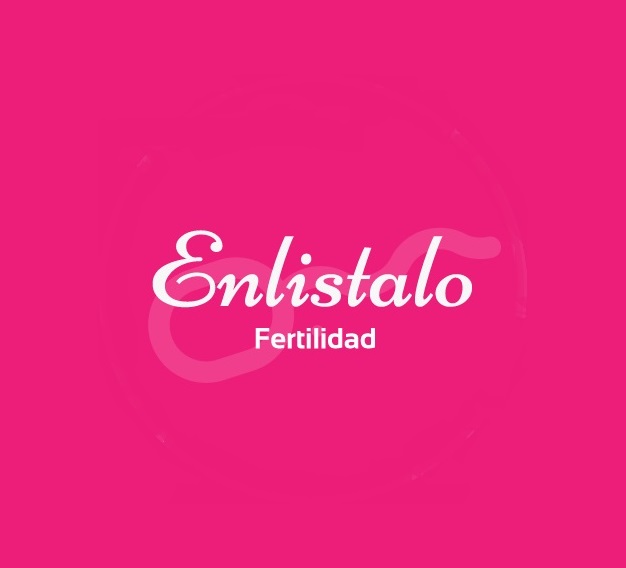How does egg donation work in Mexico?
Not everyone is familiar with the egg donation process in Mexico. In this short but concise article, we will review this process for you.

How does egg donation work in Mexico?
Not everyone is familiar with the egg donation process in Mexico. In this short but concise article, we will review this process for you.
Egg donation in Mexico, how does it work exactly?
Women with premature ovarian failure are often looking for egg donors to fulfull their dream to be mother. Several steps are required to donate eggs in Mexico. Here's how it works in details:
A first appointment with the medical team at the donation center to obtain information and give consent.
Information and understanding of the modalities and technique of donation and signing of a consent form.
A medical check-up
A medical check-up of the donor's health and personal and family history. Genetic consultation and additional tests to evaluate the ovarian function, determine the blood group, detect the possible presence of viruses (hepatitis, HIV, etc.), perform a karyotype (an examination of the chromosomes) to identify risk factors for transmitting a genetic anomaly to the child born from the donation.
An interview with a psychologist
An open discussion with a psychologist or psychiatrist from the donation center about the donor's reasons for taking this step and what donation involves.
Who can donate their eggs? Egg Donation in Mexico is possible for any healthy woman between the ages of 18 and 37, whether or not she has had children. It is a free procedure, performed in a hospital.
An ovarian stimulation phase
Ovarian stimulation often preceded by one or more injections to put the ovaries to rest. Then, for 10 to 12 days: daily subcutaneous injections of hormones, performed by the donor herself or by a nurse, to stimulate the ovaries and lead to the maturation of several oocytes. During the stimulation: 3 to 4 blood tests and/or ovarian ultrasounds are performed to adapt the treatment to the ovarian response.
Oocyte retrieval
The egg collection is carried out during one day at the hospital, 35 to 36 hours after the last injection. Oocyte retrieval under ultrasound through the vagina, with simple analgesia, locoregional anesthesia or short general anesthesia. Retrieval time is around 10 minutes followed by monitoring and rest for about 3 hours. The donor can leave the hospital at the end of the day, provided she is accompanied.
And then, what happens?
After collection, the oocytes are given to couples and/or single women for medically assisted reproduction (in vitro fertilization). The oocytes can be donated either on the same day (the oocytes are fresh) or after being frozen (stored in liquid nitrogen at a temperature of -196°C). They are thawed on the day of their allocation to recipient couples and/or single women for medically assisted reproduction.
Other articles on the subject
Neither girl nor boy: more and more intersex babies
What is an ectopic pregnancy?
What is teratozoospermia, what are the causes and how to treat this infertility issue.
